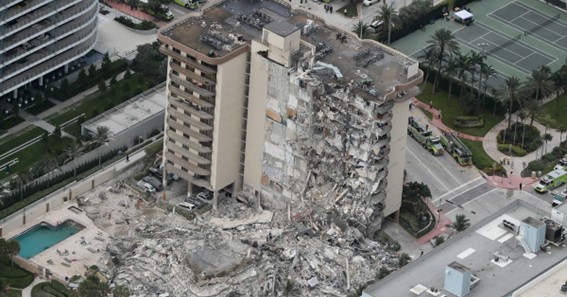Construction firms bear an immense amount of responsibility, both as a collective industry and as individual firms. This is not just due to the uniquely high demand the industry faces, on account of fuelling economic and infrastructural expansion; it is also, unavoidably, due to the pseudo-duty of care that firms have for future occupants of completed projects.
Fastidious building regulations exist for a reason, and failure to properly adhere to those regulations – whether wilfully or inadvertently, can pose a mortal risk to others. This has been demonstrated time and time again, but most presciently by the recent earthquakes in Turkey and their tragic aftermath.
Turkey, and Improper Foundations
The February 2023 earthquakes in Turkey and Syria were catastrophic, taking the lives of over 33,000 people. But many of these deaths were preventable, having been attributed to the collapse of over 6,000 buildings – buildings constructed without following basic regulations.
Warrants were issued for the arrest of more than 100 people, including civil engineers and building firm executives, on account of corners cut when building new structures. Poor foundations were one part of a much larger whole, but form the focus of today’s examination; what can construction firms learn from the tragedy in Turkey?
Understanding the Causes of Foundation Collapse
Seismic activity is one major element in reducing structural stability, and for which building foundations need to be designed to withstand. There are numerous other causes, though, that run the gamut of geographic and climate-based variables. For example, soil composition and moisture levels can also negatively impact foundational stability. It is also important to recognise the role of human error, whether poor construction practices, inadequate design, or lack of maintenance after construction.
Preventive Measures
Thorough and robust preparation can mitigate a great deal of risk associated with the laying of the foundation. Soil analysis and site assessments can together build a clear picture of the built environment, and allow engineers to devise suitable solutions to ensure stability and longevity.
Speaking of which, on-site staff are another factor to address. Anyone involved with decision-making in relation to laying a foundation should be experienced and vetted, to minimise the risk of inexperience clouding judgement. Corners cannot be cut, which extends to materials as it does to staff and processes.
Implementing Safety Standards and Codes
Health and safety processes work to guarantee the safety of workers on-site, to keep the project moving smoothly; a worker injury could shut down the site – impacting progress and structural stability in time-sensitive situations.
Health and safety compliance is vital here, but so too is the expansion of builders’ insurance plans to accommodate for all worker injuries. In mitigating the cost of losing a worker, the project does not run the risk of grinding to a halt.
Maintaining Regular Inspections and Maintenance
Finally, a firm’s work is not done with the laying of the foundation. Regular inspections and maintenance are vital to ensuring the project continues as planned; monitoring the foundation means early signs of collapse can be caught – enabling reactive measures such as underpinning to take place.
Click Here – Key Warning Signs Your Construction Company Might Be in Trouble
